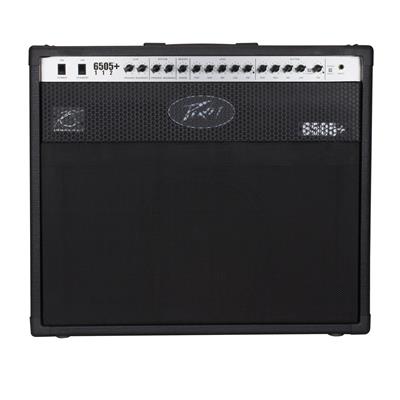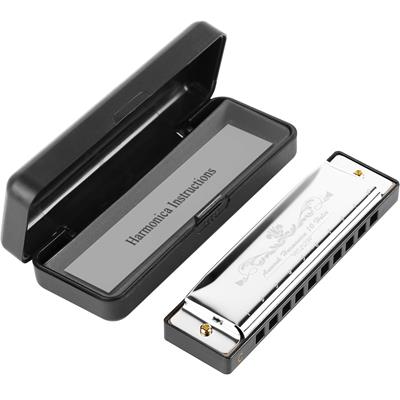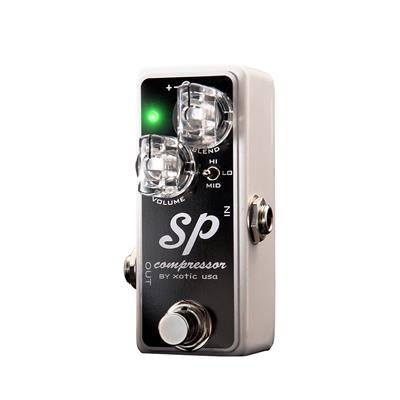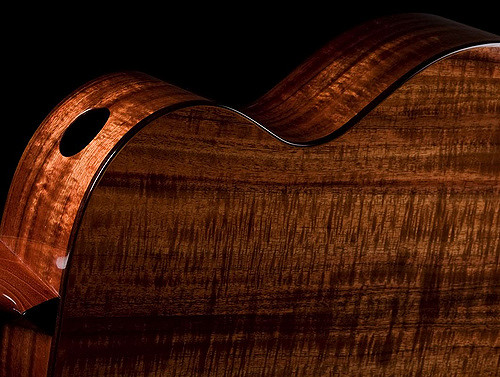| Build Quality: |  |
| Hardware: |  |
| Electronics: |  |
| Sound: |  |
| Value: |  |
| Average: |  |

Pros:
- Can simulate microphone response
- Very durable and long-lasting
- EQ, presence and resonance give you a lot of control over your tone
Cons:
- Reverb is not as deep as with effects pedals
- Heavy
Tube amplifiers made history in 1960s. Decades have passed since that, though they still remain staples in the music industry and largely shape the character of modern performances. Due to their nature, tube amps are extremely hard to make and require high-tech parts to create their distinctive tones. There are certain brands that have nailed the production of tube amps to perfection, one of them being Peavey. Their 6505 Plus 112 is unworldly, in terms of features and sounds and the performance in general. It has everything you would expect from a badass tube amplifier and provides you with a lot of options to work with. If you want to experience the mind-blowing adventure into the world of Peavey amps, stay with me and I will make sure you get all the information you need.
Features
It is an undebatable fact nowadays, that Peavey does not play games when it comes to equipping their best amps for metal with extensive features. 6505 Plus 112 has all-tube circuitry with five 12AX7 preamps and two 6L6GC power-amp tubes. With a single 12” Sheffield speaker, it can produce 60 watts of power, making it perfect for practice or middle-sized venues. It can operate with 4, 8 or 16 ohms and is compatible with external speakers with the same impedance. 6505 Plus 112 has two channels, i.e.
Lead and Rhythm with separate 3-band EQs and pre and post-gain controls. This bad boy has an effects loop that makes it possible to incorporate your pedals into the signal chain. In terms of onboard effects, here we have a three-spring reverb that has that tube character. This tube haven is compatible with a foot controller that switches Crunch boost and Rhythm channel and makes this unit perfect for live performances. When it comes to inputs and outputs, 6505 Plus 112 has a single ¼” input for your instrument, ¼” Send and Return jacks for the effects loop paralleled ¼” mono jacks for internal and external speakers, MSDI (Microphone Simulated Direct Interface) XLR output that simulates the microphone response and a ¼” input for the foot controller.
Controls
The word that describes the controls of Peavey 6505 Plus 112 the best is meticulousness. Each channel has its own dedicated set of knobs that guarantees to shape your sound in depth and allows you to modify even the smallest parameters of your tone. This way the end results are extremely well-balanced and rounded. I will discuss the functionalities of each knob and try to give you all the information you need for tweaking this bad boy.
The front panel starts with the Power and Standby switches. The former feeds electric power into the device, while the latter keeps the tubes activated and reduces the time of their warm-up. Then we have the Lead channel controls, namely Presence and Resonance. Presence adjusts the damping of the higher frequencies, while Resonance does the same thing for the lower frequencies.
Then we have the same knobs for the Rhythm channel with similar functionalities. Master Reverb controls the amount of this effect added to your signal. Then, once again, we have the same knobs for Lead and Rhythm channels. Post sets the volume of the Lead channel (or of the Rhythm channel in the dedicated section), High, Mid, and Low modify the specific frequency ranges and act as a passive three-band EQ, while Pre adds gain to your sound. In the Rhythm section, additionally, we have a Crunch switch that increases the amount of distortion on this channel. Last but not least, we have a Channel switch that allows you to choose between Lead and Rhythm channels.
There is not much to talk about in terms of the rear panel. The only two switches we have here are an Impedance selector and a Ground Lift. The former lets you select 4, 8, or 16 ohms and pair the unit with external speakers, while the latter should be employed if there is any noticeable hum in MSDI.
Peavey 6505 Plus Sound
Peavey 6505 Plus 112 really stands out in terms of sound. It is saturated with the warmth of tubes and has that character in both channels. The cleans on this amp (a.k.a. Rhythm channel) are not the most pristine sounds you will ever hear, however, they are still amazing. They have enough dynamics and texture and can be distorted a bit with the Crunch switch.
The Lead channel is where things get a bit more interesting. It has enough gain and distortion for any kind of rock player: starting from subtle to death metal to hardcore distortion. This channel has more gain than you would initially strive for, but it can easily be adjusted to taste. The spring reverb is that distinctive tube reverb that you are likely to come across in many tube combos. In short, 6505 Plus 112 creates breathtaking sounds considering the ability to tweak each and every detail of your sound. At this price range and size, that is a bit surprising.
Conclusion
To conclude everything said above, Peavey 6505 Plus 112 will not disappoint even the pickiest player. It is not the most versatile combo out there, however, it rocks everything it offers and gives you a lot to experiment with. This tube combo can be utilized on mediocre venues and band practices and is extremely portable. Plug your electric guitar into Peavey 6505 Plus 112 and prepare to receive something inexplicably wonderful. Good luck!
Click here to view more from 7 Best Guitar Amps Under 1000.






